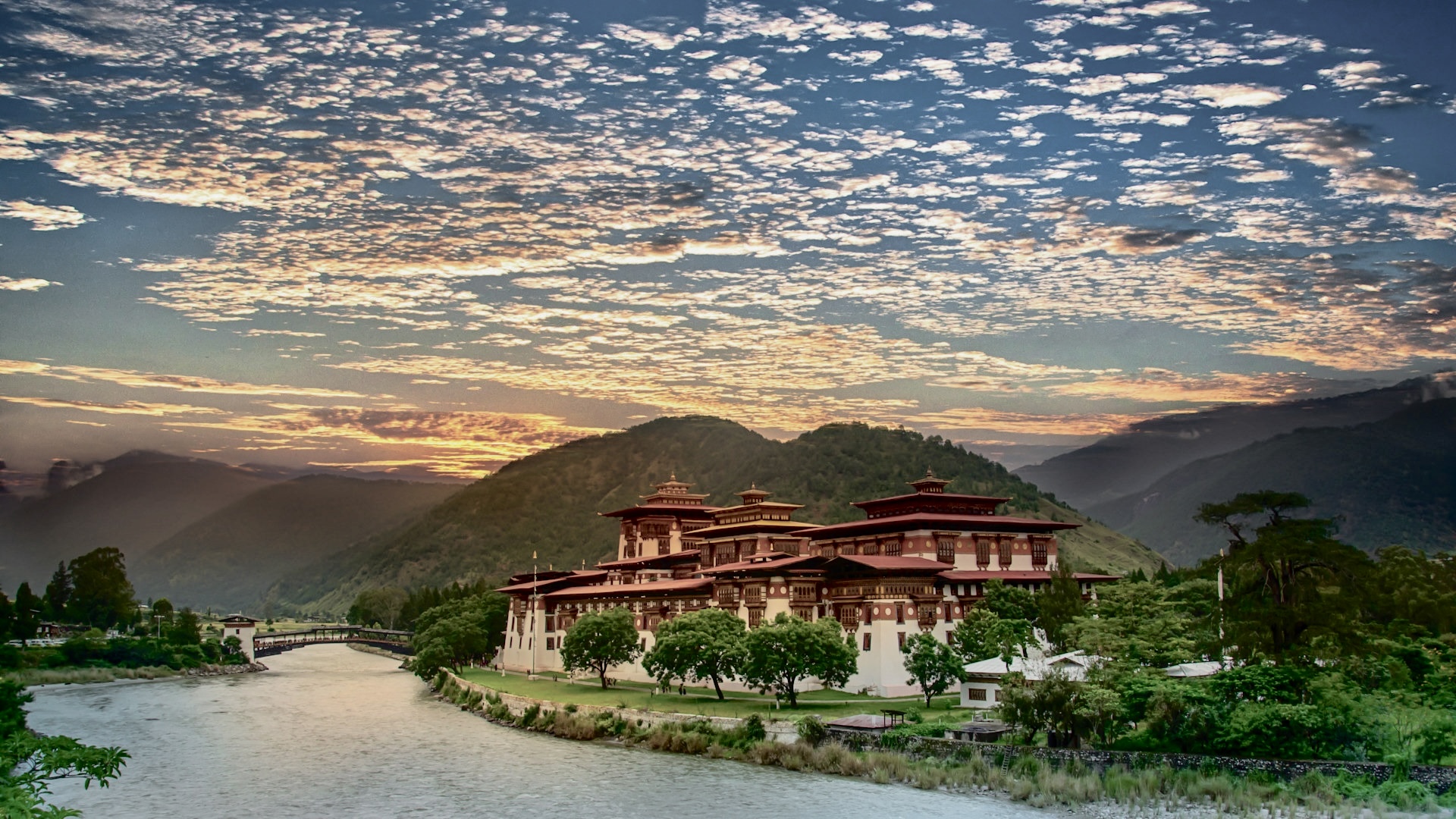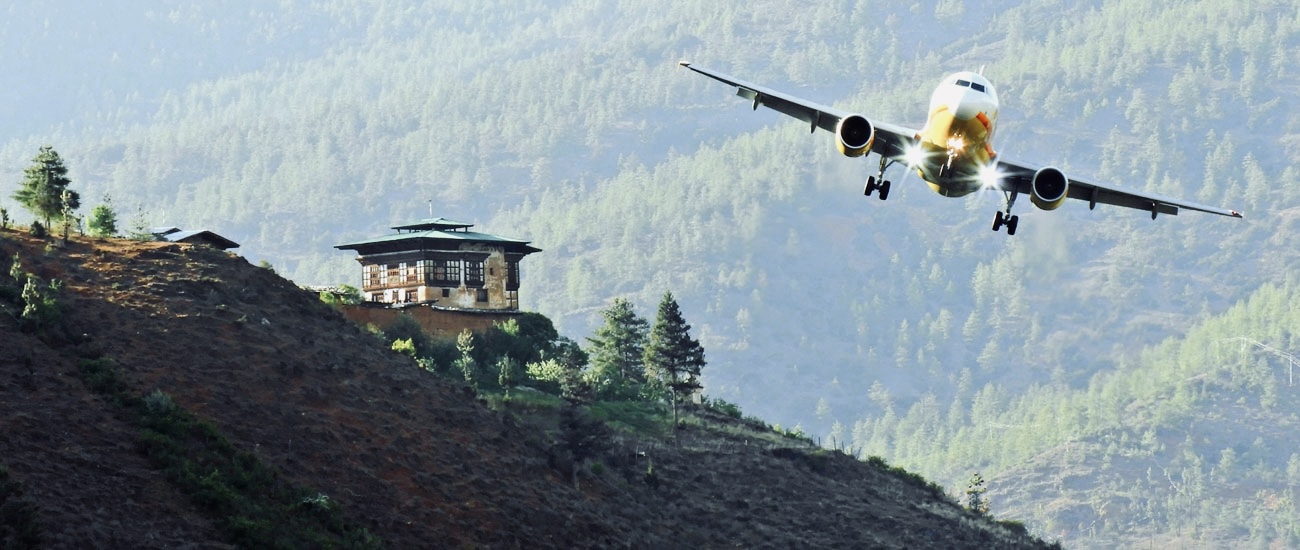Paro is a picturesque town in the Kingdom of Bhutan, a small Himalayan country in South Asia. It is located in the western part of Bhutan, not far from the capital city, Thimphu. Paro is renowned for its stunning natural beauty, historical and cultural attractions, and it is home to Bhutan’s sole international airport, making it a common entry point for visitors to the country. Here are some key facts and information about Paro:
I. Airport Paro is home to Paro International Airport, which is Bhutan’s only international airport. The airport is known for its challenging approach, as it is nestled in a narrow valley surrounded by high mountains. Only a limited number of pilots are certified to land at this airport.
II. Natural Beauty Paro is situated in a scenic valley with the Paro Chhu River flowing through it. The town is surrounded by lush green hills and is known for its pristine landscapes and beautiful forests. The area is also home to many sacred sites and temples, including the famous Taktsang Monastery (Tiger’s Nest), which clings to a cliff high above the valley.
III. Cultural Attractions Paro is rich in cultural heritage and features several important historical and religious sites. The Paro Dzong, also known as Rinpung Dzong, is a prominent fortress and monastery that serves as an administrative and religious center. The annual Paro Tshechu, a colorful religious festival, is celebrated here.
IV. Traditional Architecture Paro is known for its traditional Bhutanese architecture with intricately designed buildings, colorful wooden facades, and ornate decorations. The town’s architecture reflects Bhutan’s commitment to preserving its unique cultural identity.
V. Tourism Paro is a popular destination for tourists visiting Bhutan. The town offers various outdoor activities, such as hiking, trekking, and bird-watching. The Taktsang Monastery is a major attraction and a common hiking destination for visitors, although it involves a challenging uphill trek.
VI. Agriculture The Paro valley is known for its fertile agricultural land, where farmers cultivate a variety of crops, including rice, apples, and other fruits. Traditional farming methods are still prevalent in the region.
VII. Climate Paro has a temperate climate with distinct seasons. Summers are relatively mild, while winters can be quite cold, and snowfall is not uncommon, especially in the higher elevations.
Paro is a serene and culturally rich town that offers a glimpse into Bhutan’s traditions and natural beauty. It’s an ideal place for travelers looking to explore Bhutan’s cultural heritage and its stunning mountainous landscapes.


